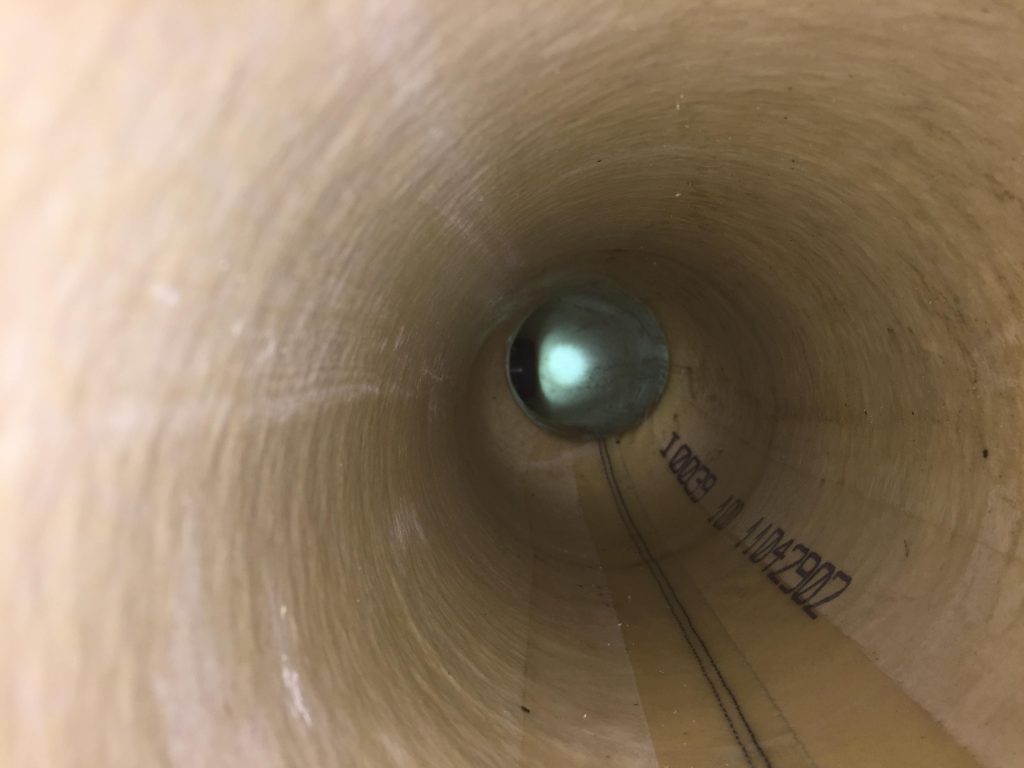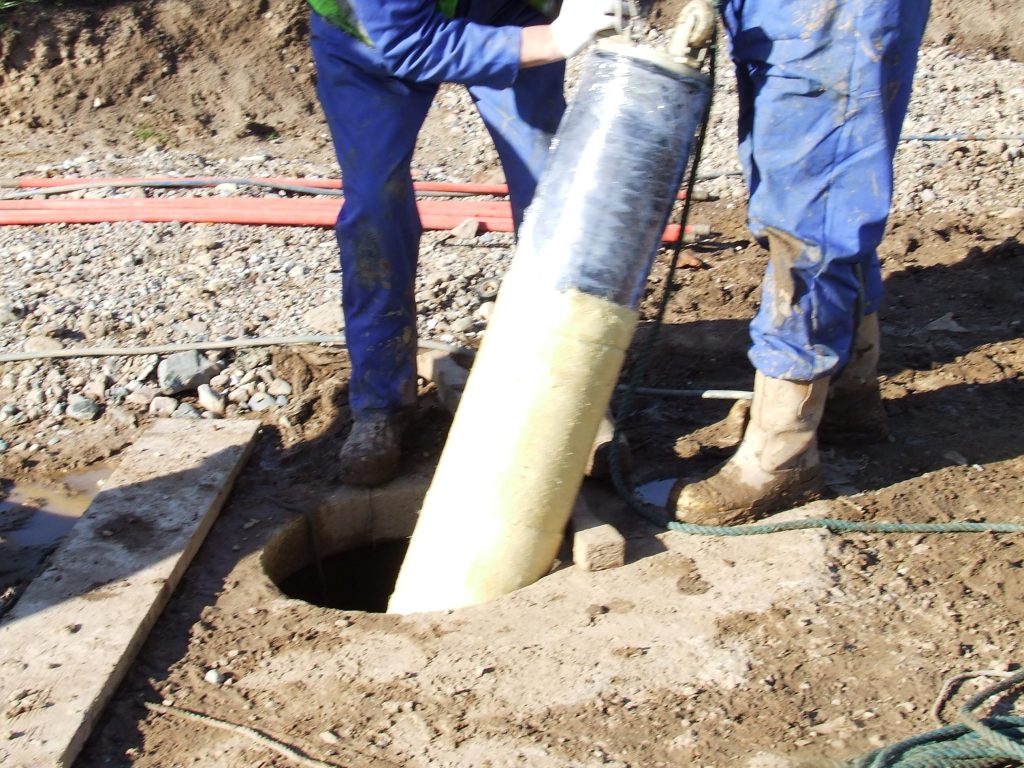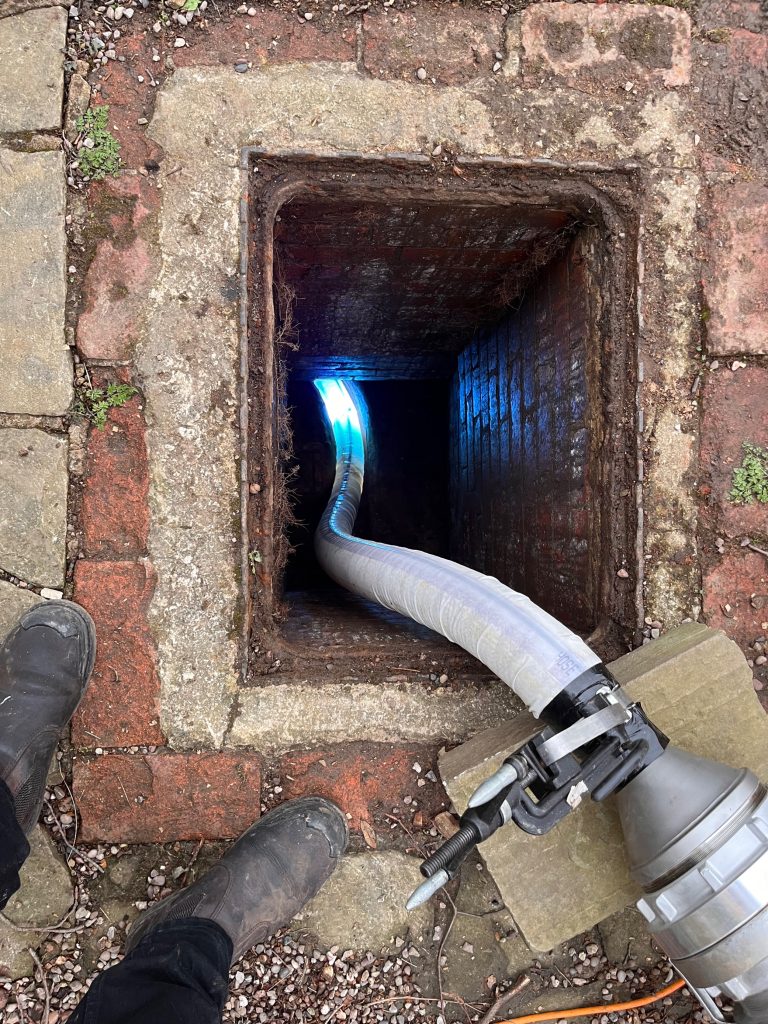Did you know CIPP is a more cost-effective and less disruptive process than traditional "dig and replace" pipe repair methods?
A cured-in-place pipe (CIPP) is one of several trenchless rehabilitation methods used to repair existing pipelines. CIPP is one of the most widely used rehabilitation methods for lateral sewers, storm lines and water mains, as curing lining within the existing pipe can eliminate infiltration add strength to a pipeline, prevent pipe delamination/scaling and prevent corrosion.
CIPP methods offer pipeline engineers the option to significantly extend the life expectancy of an existing pipeline without the need to remove the old pipeline from its route, whether this is a buried pipe, a surface network, or a pipeline within a building.

CIPP lining systems are considered ‘trenchless technologies,’ so there are multiple benefits to using this repair and curing method to rehabilitate a pipeline that is leaking or structurally unsound, such as:
The lining process requires inverting or pulling a resin-saturated flexible felt or fibreglass liner into the damaged or degraded pipe. This process is usually done from an existing manhole or chamber access in the lateral system, inside a house or at an exterior point. Inflating the liner with air pressure then transports the coated liner through the damaged pipe, flexing around bends to press against the inside walls. After the liner system is in place, the system can be cured by hot water, steam, or ultra-violet (UV) light, the cured liner then creates a seamless, durable pipeline within the existing pipe.

Today, there are a variety of installation and curing methods to repair a pipeline with CIPP. Existing host pipe materials, ground conditions, the size of the pipe, and the weather will affect which curing method is appropriate.
If you are only repairing or rehabilitating a short length of pipe, you could use an ambient curing process. Ambient cure resins are used in short drag-in and inversion liners and patch repair systems. By using a simple 2 or 3-part resin system, the process of curing begins as soon as the components meet each other.
Curing with hot water is the original method for CIPP lining techniques. After the liner is in place and inflated with cold water, lining engineers can begin circulating hot water into the system from the hot water boiler to the access points. The circulation creates continuous water flow from one end of the liner to the other, and the appropriate water temperature is held until the resin fully cures. When the pipe is fully cured, cold water is then circulated to cool the liner.
Compared to a hot water cure process, steam is typically faster because steam can transfer heat more quickly than water. Once the liner is in place, air pressure is used to inflate and expand the liner to the pipe walls. Boilers are then used to produce the steam which is introduced into the pressurised air through one end of the liner. After the curing is complete, airflow is introduced to cool the liner and prevent shrinkage.
A more modern method of CIPP is UV LED curing which uses no water at all and cures with fibreglass or felt liners. A Glass Reinforced Polyester (GRP) or felt liner is impregnated with a unique resin into the sewer or drain.
Introducing air pressure to the liner, it begins to expand and press against the pipe walls. A UV light train and CCTV is inserted into the line to align and record the condition of the pipe. The light train is then activated and pulled back through the liner at a regulated speed to cure the pipe. The cure is controlled by the light train’s speed while this entire process is computer-monitored for temperature, pressure, and cure rate to ensure a successful installation.

S1E have partnered with two great brands to offer UV-cured CIPP lining systems to provides seamless results on site. The Brawo Magnavity LED light-curing system and the Starlight UV lining system offer the same benefits of using a UV method but are both unique and mighty in their field – or should we say, pipe of expertise.
The Starlight UV lining system from I.S.T. Germany is supplied exclusively in the UK by S1E. The system is a versatile and mobile UV curing machine, with fast curing time for DN100 to DN400 – and perfect for those mainline pipe repairs and thick or Fibreglass GRP liners. Not only does the system combine perfectly with the Starlight Plus liner, it can be used with other UV liners if preferred.
S1E have recently become the first UK reseller of the Brawo Magnavity LED lining system, from BRAWO Systems. The new innovative solution has already been making a significant impact on two water utility companies in the UK - significantly speeding up the previously difficult process of lining both rainwater and foul stack pipes, with less disruption, using far less energy and creating less material waste, as well as successfully re-rounding and lining the common challenge of Pitch-Fibre Pipes with areas of deformation exceeding 40%, to leave it fully serviceable and flowing free.
The Brawo Magnavity system is ideal for sewer pipes, connection pipes with bends or pipes from shaft to shaft. It is perfectly matched to install the Brawoliner product range, so it has very good bend flexibility while also being smart, efficient, and strong.
There are many factors to take into consideration when deciding which CIPP lining process to use but overall CIPP installations can reduce costs by 40%-60% and result in fewer disturbances to people and the environment when compared to excavation methods.
More and more organisations are ditching traditional dig-and-replace methods and are advocating for CIPP trenchless technology. Here at S1E Ltd we supply certified and quality CIPP lining Equipment and Systems. If you have any queries feel free to contact us, as one of our experienced sales team members will be happy to help. Contact the S1E Sales Team on 01226 397015 or email contact@s1e.co.uk.